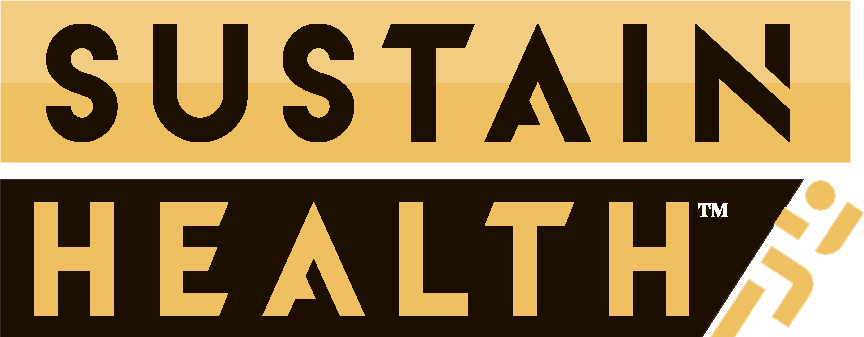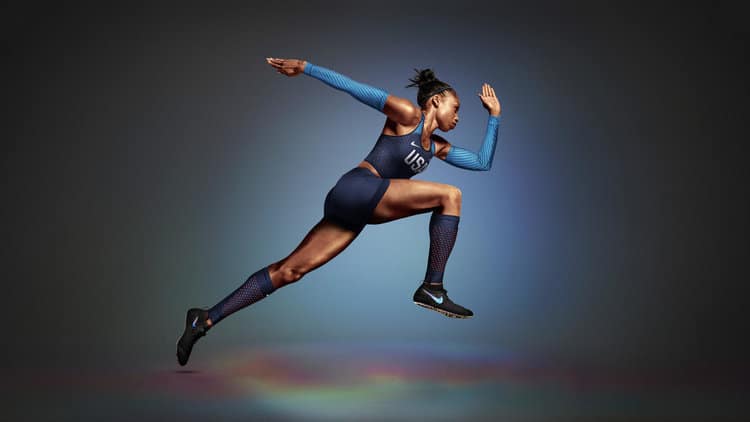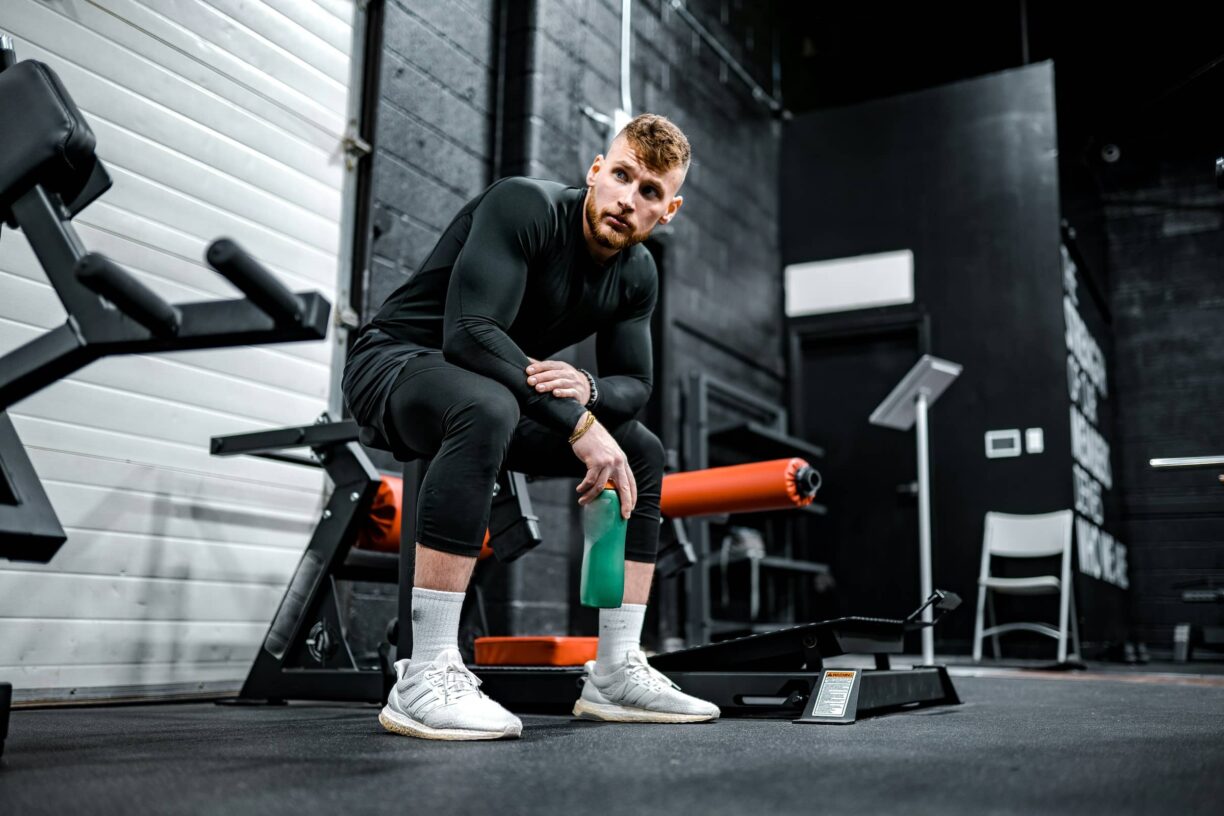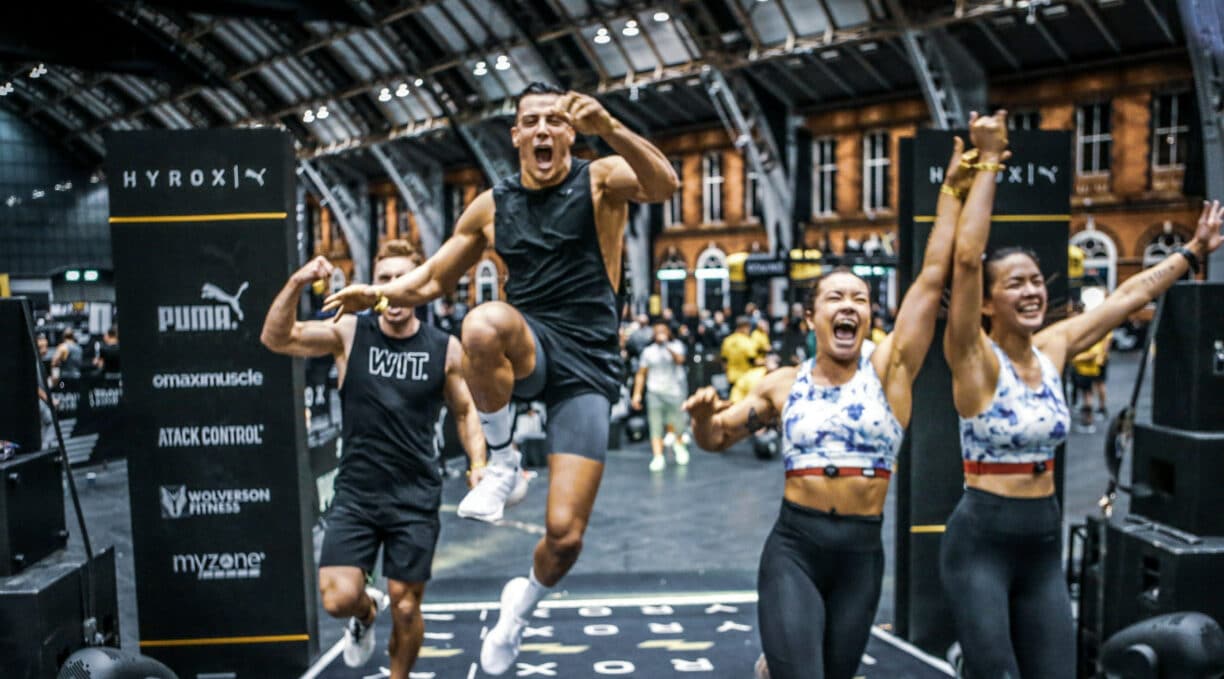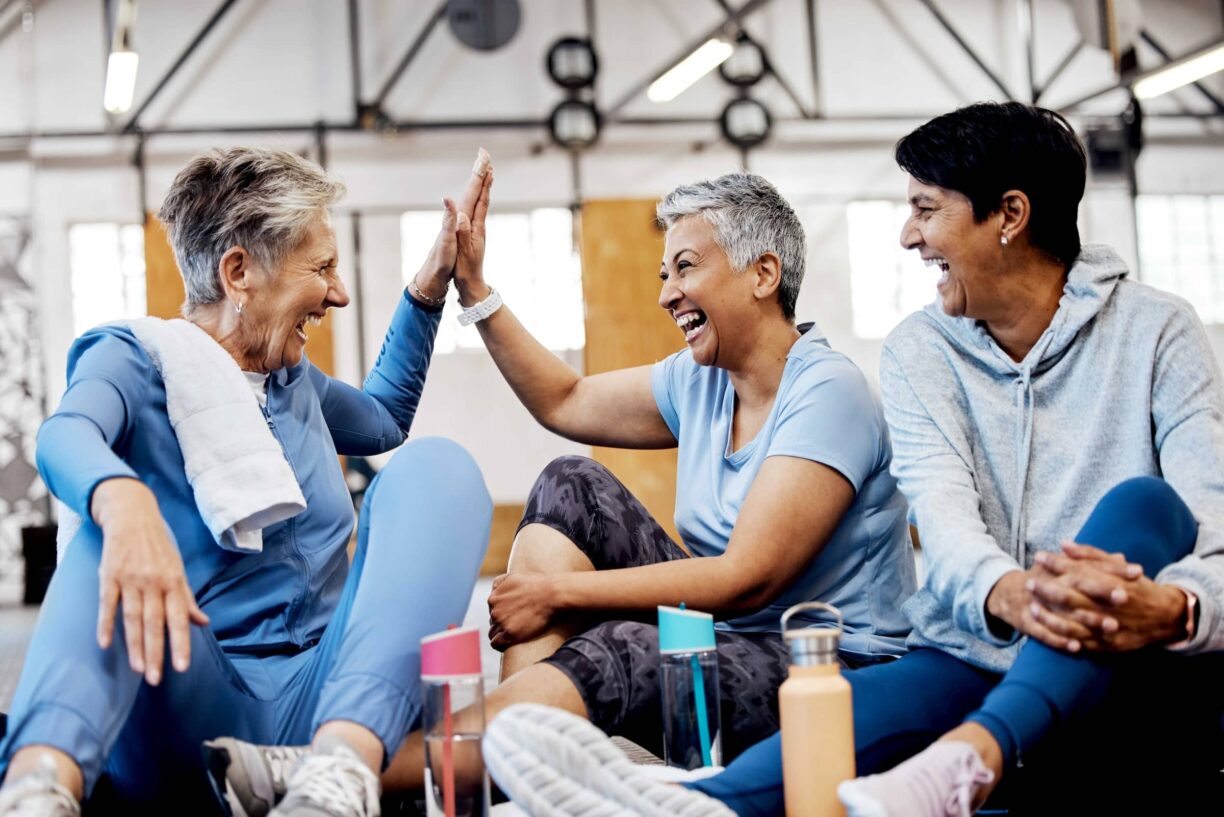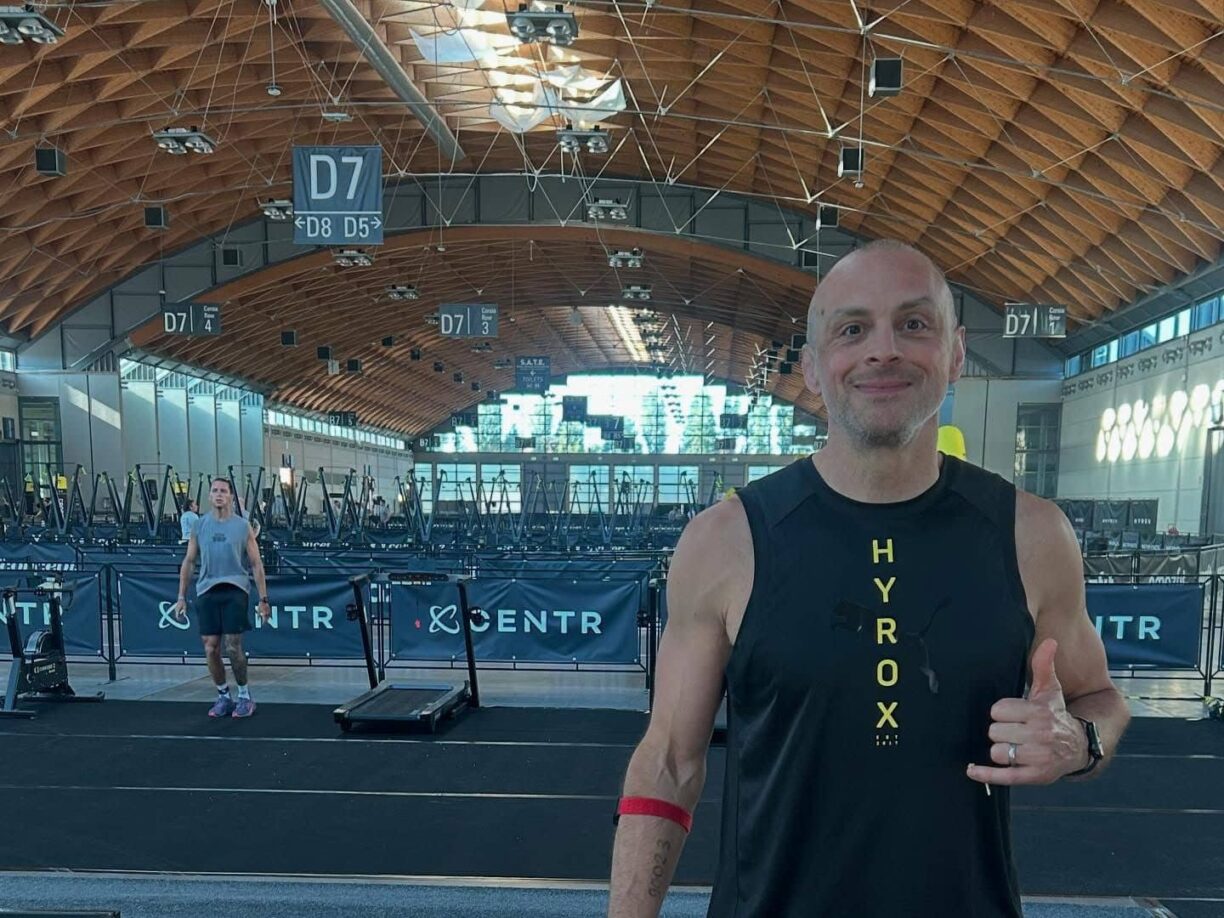Thousands of athletes come through the Nike Sport Research Lab (NSRL) every year; many of them are professionals.
The first thing each does is take a digital survey that asks about their activity and sport, goals and motivation, product history, preferences and future needs.
From there, the athlete goes through five physical baseline tests.
These tests are the first, critical step in developing strong relationships with athletes. Nike uses each test to consistently and thoroughly evaluate every athlete in order to get a better understanding of them.
This technology also helps Nike build a huge global database that informs design and fine tunes fit for footwear to apparel.
Matthew Nurse, Vice President of the NSRL, breaks down the tests and explains how each plays a crucial role in Nike’s understanding of all athletes, and how the insights and results of these assessments help researchers and designers create new technologies for apparel and footwear.
1. I-Ware Footscanner
WHAT IT IS: A 3D laser scan of the foot
HOW IT WORKS: An athlete stands barefoot on a glass plate while eight cameras and four lasers move across the top and bottom and from heel to toe of each foot for about two minutes to capture high-resolution 3D images of the feet. The data is immediately outputted and stored in a database.
WHY IT’S HELPFUL: Typically, shoes are fit based on simple measures of length and width. But features that are critical to good fit, such as arch and toe shape, cannot be obtained with traditional foot measuring tools.
We can use information about the complex 3D foot shape to make sure shoes provide the optimum fit for an athlete’s sport. This technology also helps Nike build a huge global database of foot shapes.
So far, this data has told us that feet do not increase in size at the same proportions as shoe size increases. We’ve also learned that children’s feet undergo dramatic changes, developing a relatively narrower foot with a more pronounced arch as they get older.
And we continue to collect data on individuals from around the world to understand how ethnic and geographical variations in foot shape can affect fit.
2. Foot Pressure Mat
WHAT IT IS: A mat system that measures pressure underneath the feet at high speed (100 Hz) with high resolution (4 sensors/cm2, which equates to a total of 25,344 sensors under the walkway)
HOW IT WORKS: An athlete walks across the mat three times, and each foot strike is measured in about two minutes. Pressure is represented in colors ranging from blue (low pressure) to pink (high pressure). Data is reported based on seven specific areas (masks) of the foot.
WHY IT’S HELPFUL: These measurements provide an assessment of dynamic foot function and quantify arch height and symmetry of loading patterns between feet.
We use this information to create sport-specific databases of barefoot walking pressures, which allows us to work with footwear developers to ensure that footwear function aligns with an athlete’s foot function.
This helps drive footwear decisions such as cleat placement, cushioning and where flex zones are placed. It may also inform decisions on custom orthotic design.
Finally, the identification of left-to-right asymmetries in how an athlete is loading may identify athletes at risk for injury, or in the case of an athlete returning from injury, their readiness to return.
3. Ankle and Foot Range of Motion
WHAT IT IS: 2D images and automated measures of sagittal (side) views of several foot angles
HOW IT WORKS: An athlete stands with one foot in closed-chain ankle dorsiflexion (foot on the floor, slight bend in the leg, pushing the knee over the toe), then open-chain ankle dorsiflexion (foot elevated, pulling the toes toward the shin) and finally closed-chain great toe dorsiflexion (foot on the floor, slight bend in the leg, pulling the big toe upward). Measures are automatically calculated with custom software in about three minutes.
WHY IT’S HELPFUL: Measurements of ankle and great toe mobility are used to identify restrictions and/or asymmetries, which can impact foot function and sport-specific movement patterns, as well as put athletes at risk for lower leg injuries.
This information empowers our footwear partners to design for not only performance but also support and protection. For example, in an athlete with hypermobility following an injury to his great toe, footwear modifications may include stiffening the footbed to support and limit motion at that joint.
4. Countermovement Jump
WHAT IT IS: A vertical jump (with the aid of arms swing) measured by in-ground force plates
HOW IT WORKS: An athlete stands on two force plates (one under each foot) and jumps as high as she can, using her arms to propel herself and landing where she started three times.
Force is measured at 1000Hz during the entire task, which takes about three minutes, in all three planes of motion (forward and back, side to side, vertically).
WHY IT’S HELPFUL: This test allows the researchers to calculate an athlete’s jump height, ability to produce force, utilization of the stretch-shortening cycle of the muscles, coordination of force in all three planes of motion, ability to absorb force during landings and symmetry between legs.
These metrics allow us to study how different sports, training backgrounds, injuries and age can alter explosive movements and can be used as we look for opportunities to optimise cushioning, landing mechanics and joint range of motion during jumping and landing tasks.
5. Body Scan
WHAT IT IS: A 360-degree body scan that creates a 3D digital version of an athlete
HOW IT WORKS: Simultaneously and from multiple angles, 126 cameras snap a photo of an athlete. Next, computer algorithms stitch all of the photos to create a highly accurate 3D model of the athlete. The entire process takes less than 15 minutes.
WHY IT’S HELPFUL: When we mine large sets of data around body measurements and shape we can answer questions like, “What does the average male marathon runner who wears a medium T-shirt look like,” or “What are the average shoulder, bust and waist circumference measurements for female soccer players?”
The answers to these questions can drive critical changes to our size charts and design process ultimately resulting in product that fits better.
